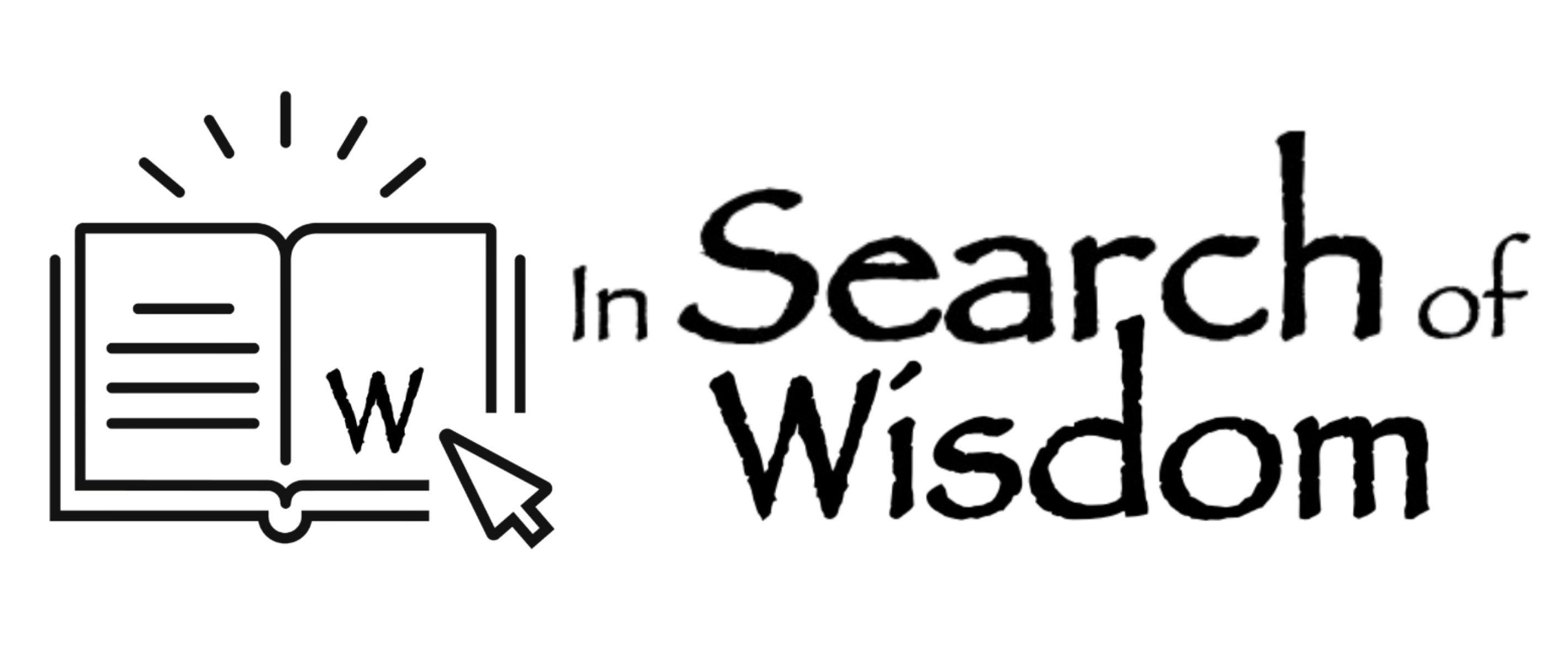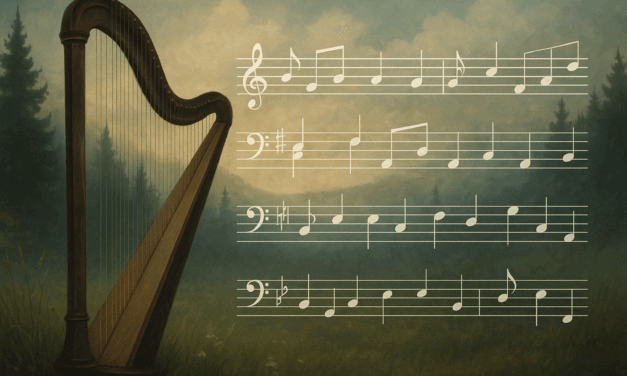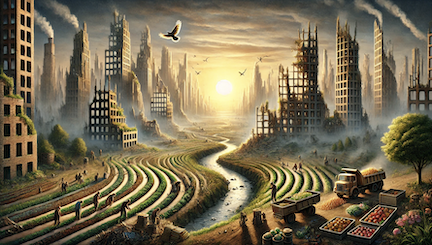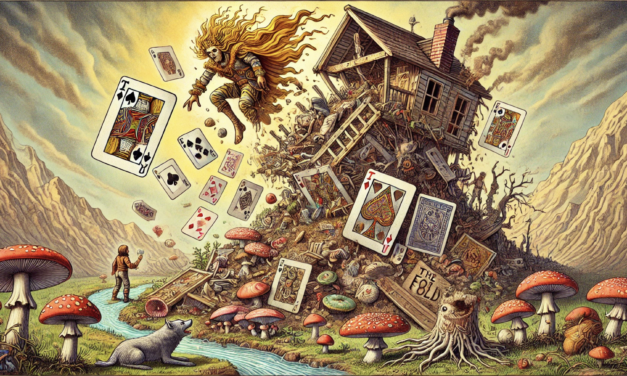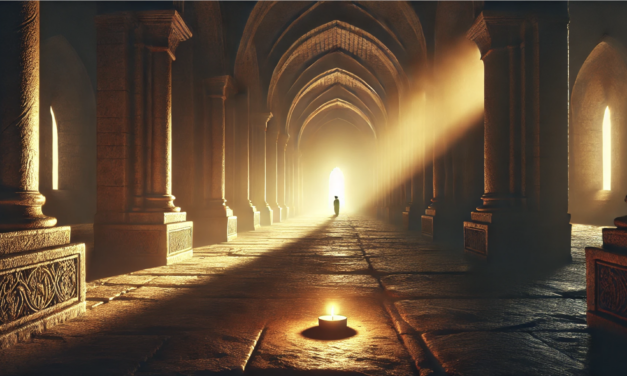Resonance Across Registers: From Rooftop Revelation to the Relational Krebs Cycle
A rooftop revelation in Rye sparked this reflection on how our patterns of attention shape our relationships, decisions, and the world we co-create. Integrating insights from McGilchrist, Buber, Ostrom, and Bourgeault, this piece explores a “relational Krebs cycle” as a regenerative model for thinking, leading, and living.
Read More